






The Essential Checklist For Amazon Seller Tax Compliance
You don’t have to be an accountant to understand taxes, even though you’ll run across confusing terms and tax rates. Depending on whether you’re in the UK or the US, Amazon seller taxes vary, and the way they’re collected is handled differently. Every e-commerce seller that is selling on Amazon needs to understand the nuances of how Amazon seller taxes are calculated by the company.
Below, we’ll touch on the UK’s VAT or Value Added Tax, how it is applied, and how it affects Amazon’s FBA program in different countries. E-commerce has given businesses the tools to reach customers worldwide; now is the time to grow your sales. Yet if you aren’t compliant with VAT registration, you won’t even be able to sell on Amazon. If you’ve been lost and wondering where to start, this essential checklist will prepare you for your Amazon accounting.
.webp)
Know About VAT
So, how does this affect your business and your prices? UK sellers must remember that VAT must be included in the sales price or else it will cut into their profits. When selling products on Amazon, accounting for the VAT is imperative to maintain a profit. Amazon seller taxes are not collected by Amazon or the customer. Instead, it is added to the sales price of your product by you, and your business pays that VAT to the proper tax authorities.
VAT is also payable upon import. As soon as you ship inventory to or through Europe, as you would when shipping to a fulfilment centre, you must pay the country’s import VAT. That means you must have the initial cash amount needed for import VAT. This overhead cost should be factored in when you’re dealing with Amazon seller taxes and your bookkeeping.
Calculating VAT
VAT rates applied to the products vary between European countries (where the standard is at least 15%) and between the product type. National European governments have the freedom to set the number and level of VAT rates they choose. Though the VAT rate minimum is 15%, no maximum rate is set. To calculate the VAT, take a look at the country’s VAT rates. There will be a standard rate, a reduced rate for some products, and a parking rate. Each European country decides what products or services get their reduced rates.
If you are selling to one country, VAT is fairly easy to calculate. The product will have a significantly higher admin overhead cost if you are selling to multiple European countries. There will also be import duty payable separately to the VAT, also known as TARIC codes. These should all be factored in when you are shipping products.
Storing Goods Through FBA
If you are storing goods through Amazon’s fulfilment centres or moving goods between centres in different EU countries, you’ll need to also be enrolled in the FBA programme or Pan-Europe FBA programme, which will allow Amazon to distribute your goods across EU marketplaces, and then you’ll need to have a VAT registered in the countries where your products are being stored.
.webp)
Price Your Products
Amazon seller accounting has to take into consideration the varying VAT rates, but while you’re setting up to sell your product, you should also factor in the demand and check your competition to see how they are priced. Remember, you should expect your competitor’s pricing will include the VAT rate when you analyse them on Amazon’s European site. As each business will assume the percentage of VAT they need and add it to the sale price.
Mark up your product in such a way that VAT is included in the value. You should always be aware of the VAT rate you should be charging. You must also register for VAT where your goods are stored, and many businesses register for Germany and UK VATs first. Businesses pay the VAT to the government officials they need to, often quarterly. You can also offset the VAT of your business’s expenses against your sales VAT liability.
Individual Or Professional Plan?
If you sell through Amazon’s UK FBA, there are two different plans to consider. If you sell fewer than 35 items a month and you don’t plan to advertise or use their selling tools, you’ll be charged £0.75 per unit sold. The professional plan is suitable for businesses that want to ramp up their sales with more than 35 items a month, who want to have the ability to advertise, and who want to sell products in restricted categories. The professional plan costs £25 (excl. VAT) per month, no matter how many units you sell.
Register Your VAT Number With Amazon
When you register for a VAT number, you will need to consider several things: which country you are registering in, what the countries’ local thresholds are for VAT registering, and where you are manufacturing your goods. You should keep all of these in mind when you get your business going and register for a VAT number.
After you have decided on these things and get your VAT registered with the local tax authorities, there’s one more step you must take. On your Amazon account, make sure to look under Tax Settings. You will be asked for the country of origin and be able to input the VAT number to comply with Amazon. You cannot sell through Amazon without a VAT number, as they don’t want to be liable for sellers that are non-compliant.
Making Tax Calculation Easier
Hand-calculating VAT for every single product is prone to errors, but there are ways to make it easier, especially if you are selling in multiple European countries. If you are looking for an Amazon accounting software that saves you time, Link My Books checks every order's tax liability to give you an idea of what VAT each product needs. In order to be tax compliant, you’ll also need detailed records of your expenses, income, and product sales. Not having these precious documents can lead to extreme fines and penalties.
.webp)
Be Aware of Tax Laws And Changes
It’s crucial to remember that VAT rates and Amazon seller taxes are constantly shifting. If a change occurs, you’ll have to adjust your rates and keep the appropriate VAT amount back for tax authorities. You can make bookkeeping smoother with an automated program and focus on growing your business instead of calculating VAT and sales.
Keep on top of changes quarterly and look into how weight and size, as well as the category of your product, will affect its pricing. The goal should be to understand how VAT will impact your product’s pricing and how import and storage will affect your admin overhead. By factoring in all of these aspects when setting a sales price, you’ll be able to stay tax compliant and pay the VAT charges you need quarterly.











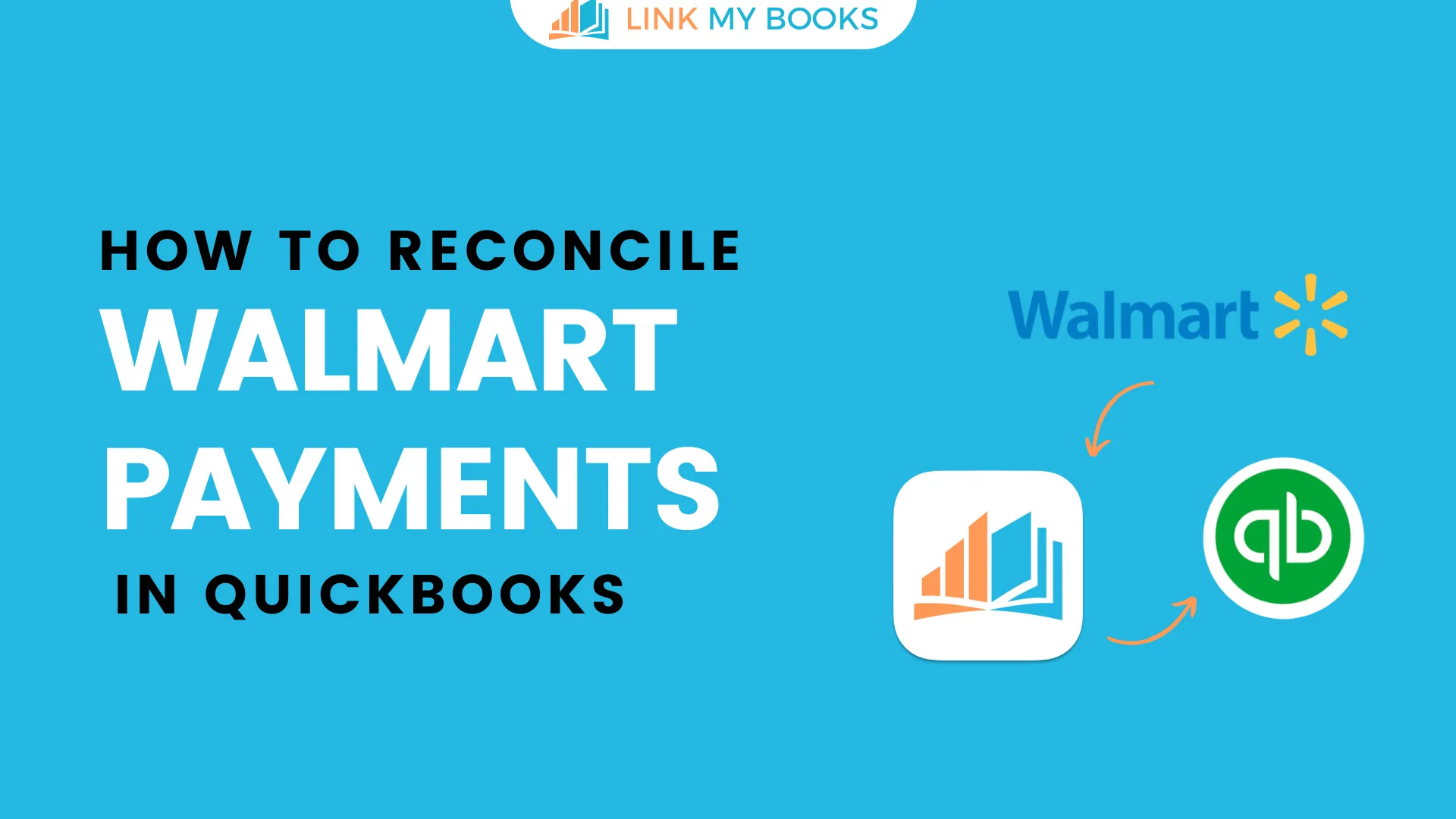
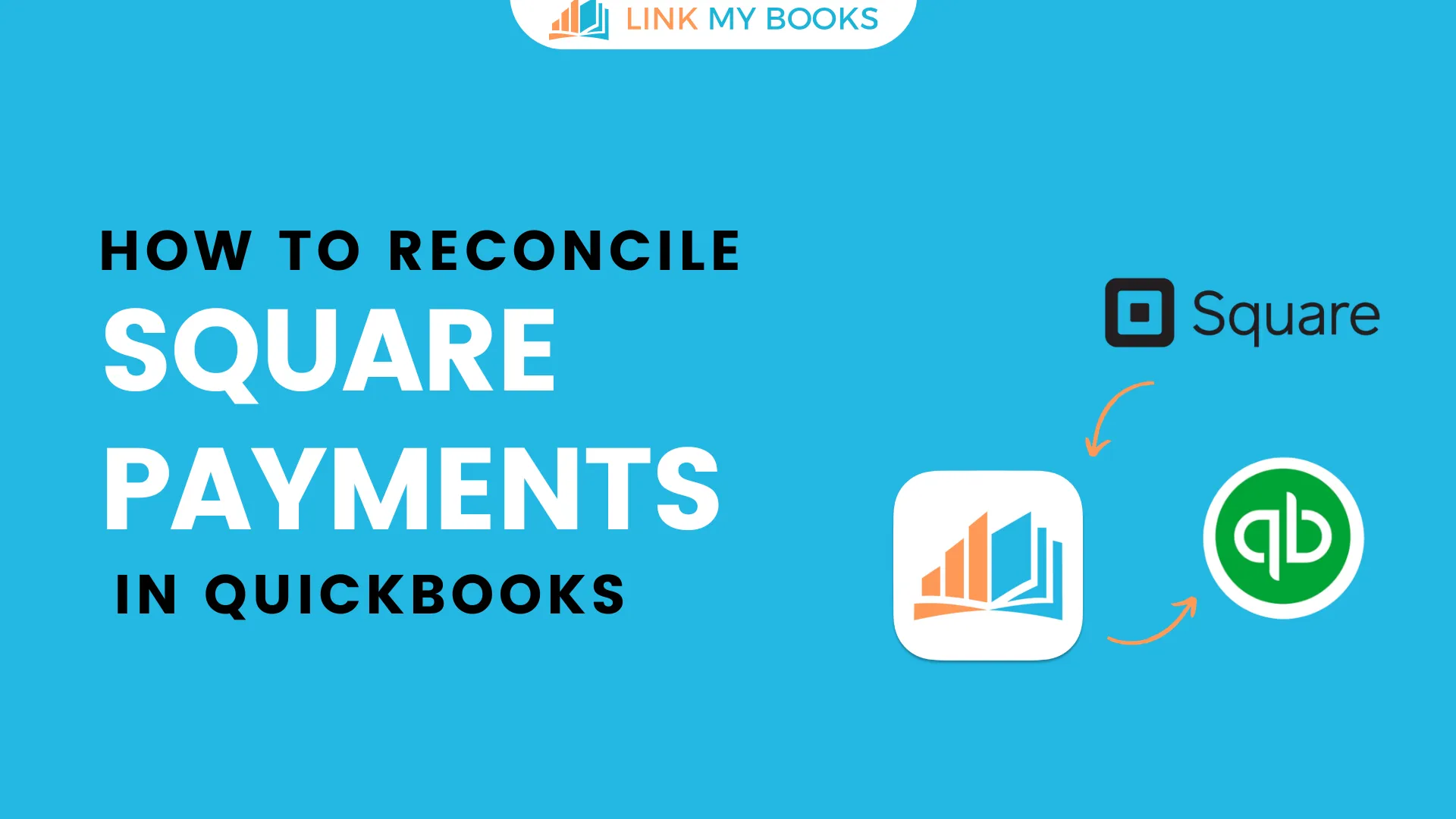
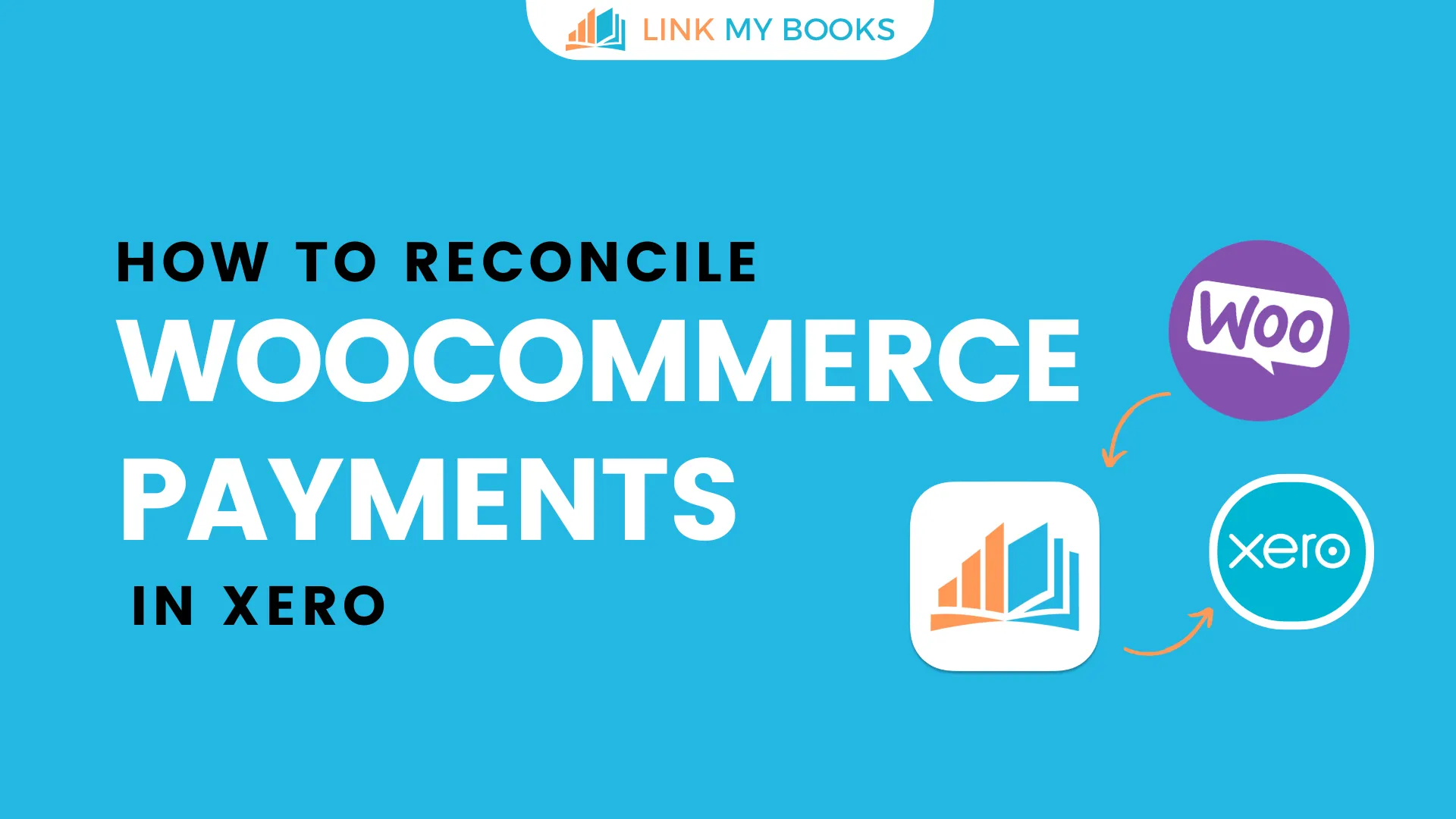
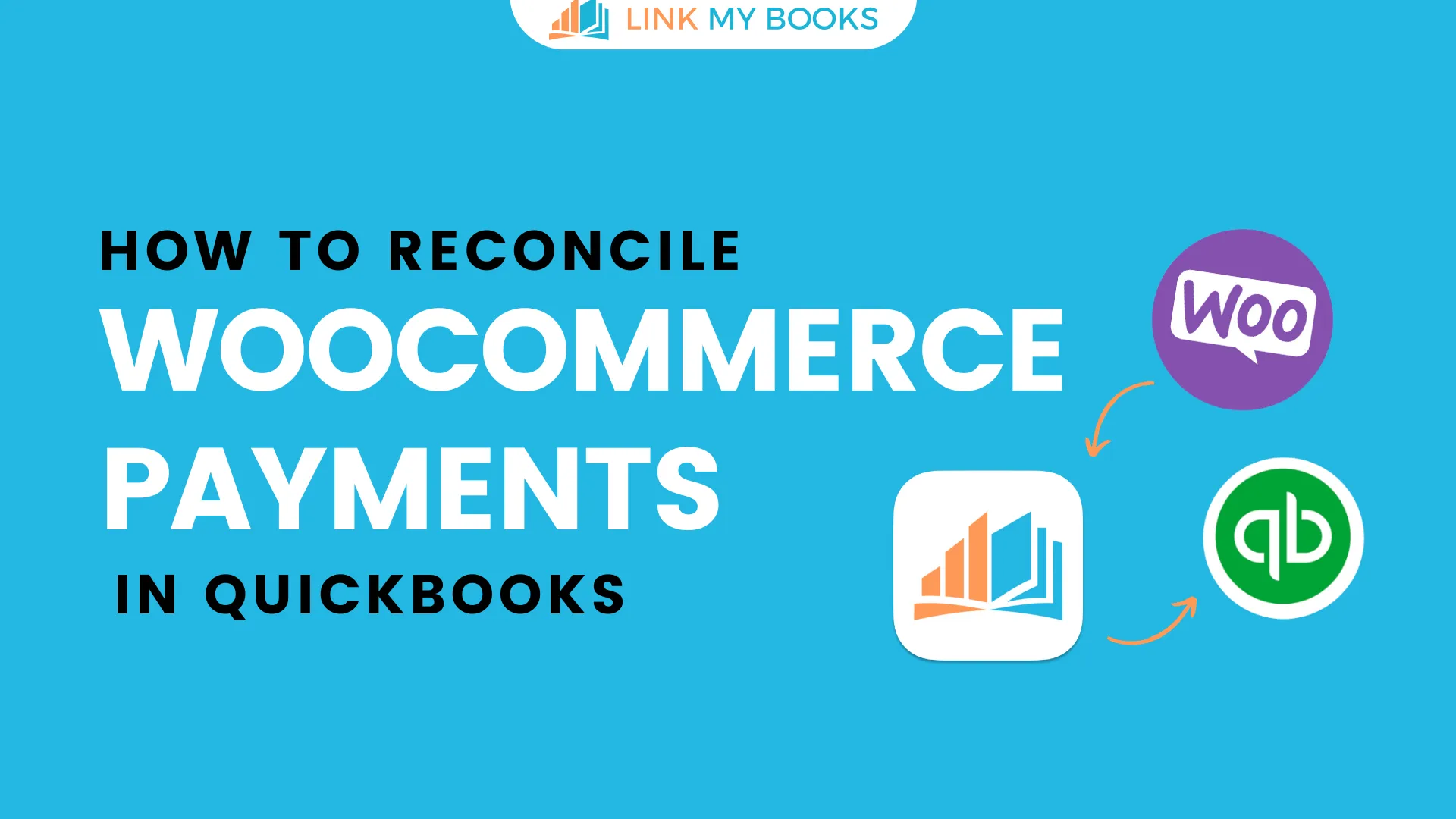
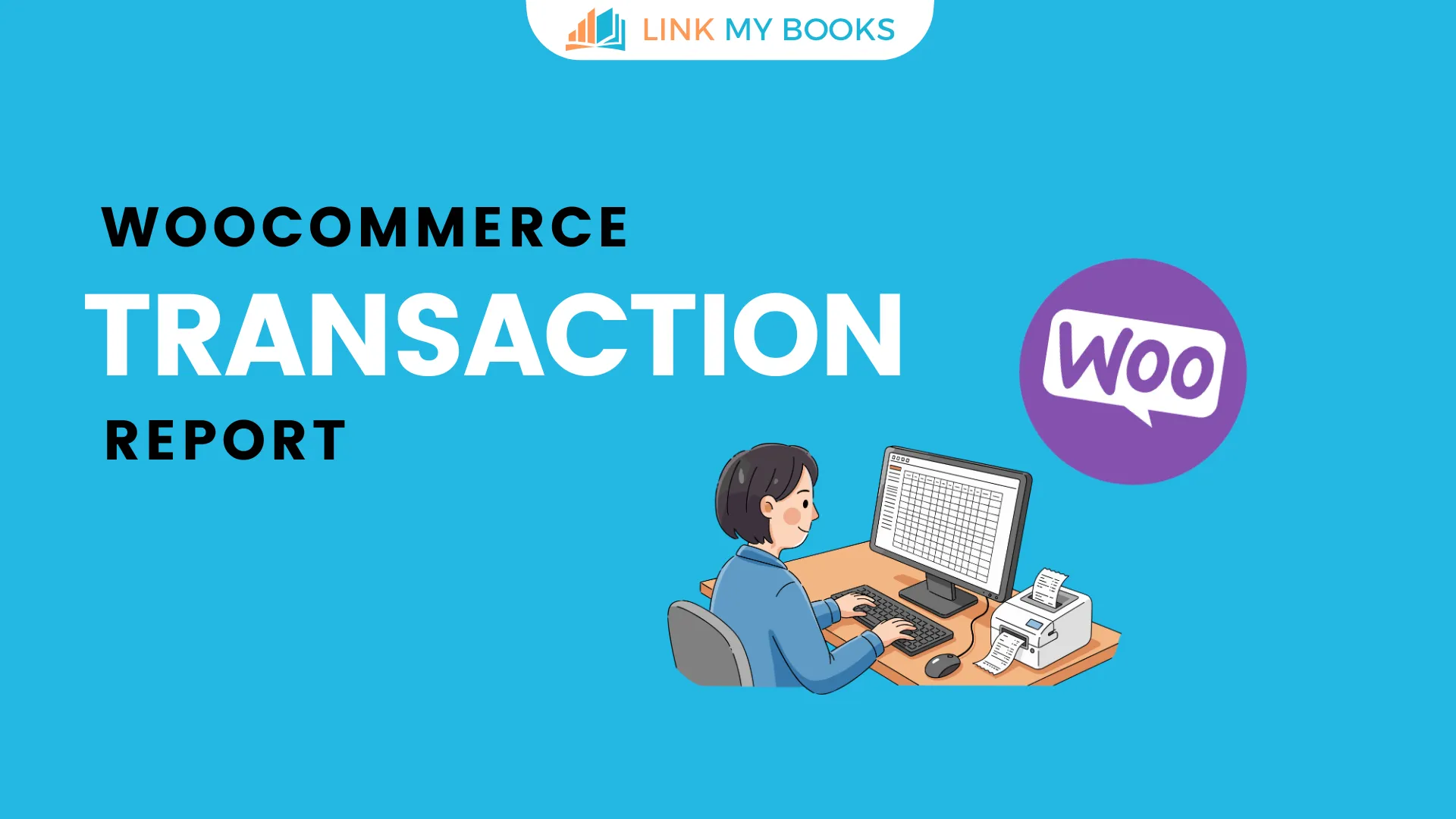


.png)